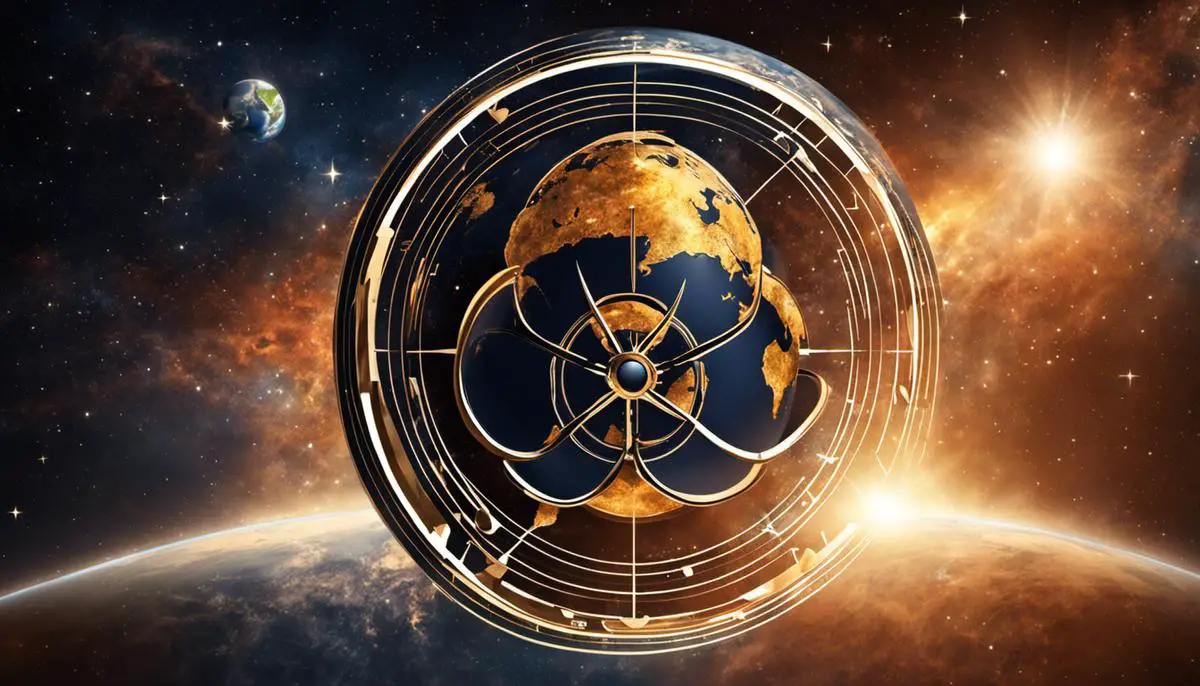Space exploration stands as one of humanity’s greatest achievements and ventures. Among several risks associated with this daring endeavor, radiation exposure is particularly significant, presenting unique challenges to astronauts in the hostile environment beyond Earth’s protective atmosphere. This essay aims to shed light on the complex issue of radiation in space, focusing on radiation measurements on the iconic Apollo missions. It starts by acquainting you with the science behind radiation, moves through the hazards it presents in space travel, and looks at how astronauts were protected on the Apollo missions. Finally, it takes a deeper dive into the actual radiation measurements of those historical ventures and how radiation management has evolved since then.
Contents
The Science of Radiation
Understanding Radiation
Radiation is a term that describes the emission of energy as electromagnetic waves or as moving subatomic particles. This energy can travel through space or through a material medium. The main types of radiation are non-ionizing and ionizing radiation.
Non-ionizing radiation is found in our everyday surroundings and is not typically dangerous. It includes things like radio waves, visible light, and microwaves. On the other end of the spectrum, ionizing radiation, such as gamma rays, X-rays, and the highest ultraviolet light, can be harmful in high quantities. This type of radiation carries enough energy to detach tightly bound electrons from atoms, thus ionizing them.
Radiation Measurement
Measurement of radiation is an essential part of understanding its presence and potential risks. The units used to measure radiation are the rad, rem, and curie. The rad (Radiation Absorbed Dose) measures the amount of radiation absorbed by an object or person. The rem (Roentgen Equivalent in Man) measures the biological impact of that dose on human tissue, whereas the curie measures the activity, or the number of decays per second, of a radioactive source.
Radiation and Apollo Missions
Radiation exposure was a significant concern for the Apollo missions. Space far from Earth provides a unique environment with high levels of radiation due to the absence of Earth’s shielding atmosphere. This radiation arises from the sun (solar particle events) and outside our Solar System (galactic cosmic rays).
The spacecraft and spacesuits worn by the Apollo astronauts were designed to provide some protection against space radiation. However, the risk could not be entirely eliminated. The radiation doses received by Apollo astronauts were carefully monitored and recorded. The dosimeters used by the astronauts measured radiation in units of rem.
The dose rates for each mission were largely determined by solar activity. High solar activity increases the intensity of solar particle events, but it also tends to decrease the flux of galactic cosmic rays. On the moon’s surface, the Apollo astronauts were exposed to both kinds of radiation.
Understanding Radiation Exposure During Apollo Missions
The Apollo missions were meticulously planned and executed in order to minimize the risk of radiation from solar activity. The highest dose rate recorded, specifically on Apollo 14, averaged at around 1.14 millirads per day in the command module. The missions were strategically timed to coincide with periods of low solar activity, limiting exposure to harmful radiations. Even with the increased solar activity during Apollo 16 and 17, dose rates remained only slightly elevated compared to earlier missions.
To monitor radiation exposure during lunar surface activities, astronauts on Apollo moonwalks were equipped with personal dosimeters inside their spacesuits. On the Apollo 14 mission, astronaut Alan Shepard received the highest dose on record, around 1.14 rem of radiation.
While short-term missions like those of Apollo could tolerate such levels of radiation exposure, longer missions, such as the proposed missions to Mars, pose a significantly greater risk. Continued research and development of effective mitigation strategies is essential for ensuring astronaut safety.
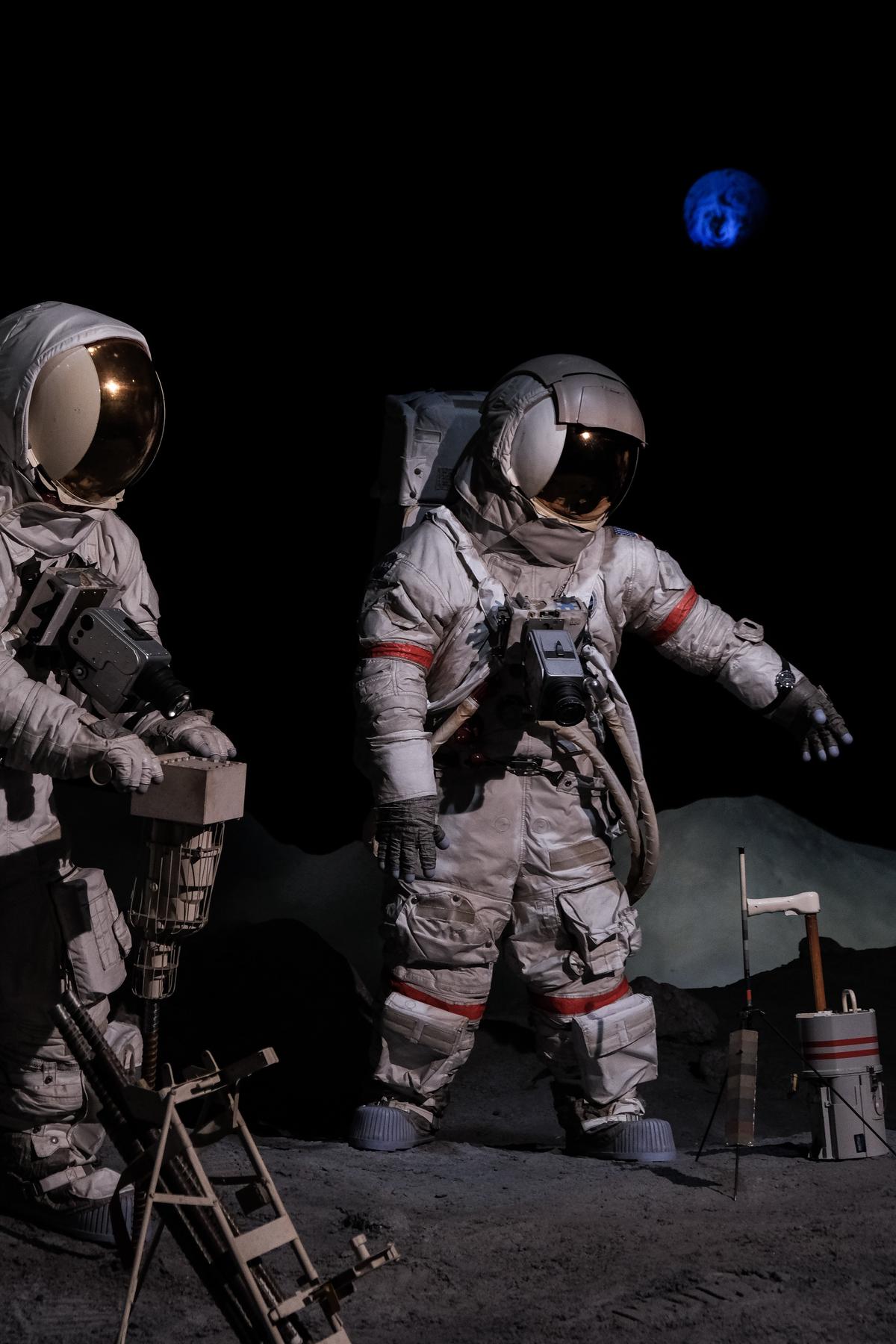
Photo by joehan330 on Unsplash
Radiation Concerns in Space Travel
The Importance of Understanding Radiation in Space Exploration
Exposure to radiation poses severe health risks and is one of the paramount concerns in the field of space exploration. Space, unlike Earth, teems with numerous radiation sources, including solar radiation and cosmic rays from beyond our solar system. Here on Earth, our planet’s magnetic field and atmosphere act as a protective shield against such harmful radiations. However, astronauts in space have only limited protection from radiation sources. Therefore, understanding and mitigating radiation exposure continues to be a crucial aspect of preparing for successful space missions.
Health Risks of Radiation
Extended exposure to radiation in space poses significant health risks to astronauts. Acute effects of radiation sickness can include nausea, fatigue and vomiting. However, long-term impacts are far more concerning. The probability of developing fatal cancer could increase significantly with prolonged radiation exposure. Furthermore, radiation can also impair the immune system, alter the cardiovascular system, and even cause cataracts. In severe cases, acute radiation sickness could potentially be fatal.
Astronaut’s Exposure to Radiation
Astronauts embarking on space missions have a particularly higher risk of exposure to radiation due to the length of their missions and the lack of atmospheric and magnetic protection in space. For instance, the Apollo missions to the moon ventured outside of Earth’s protective belts leading to an increase in exposure to galactic cosmic radiation. As they move further from Earth, they experience greater exposure, thus increasing the health risks.
Measurement of Radiation on the Apollo Missions
Radiation exposure was meticulously measured on the Apollo missions. The dosimeters used for the Apollo missions were passive devices that used thermoluminescent material to measure and record radiation levels. These dosimeters were worn by astronauts, placed throughout the cabin and even mounted outside the spacecraft to capture a well-rounded data sample.
Radiation Safety Limit
The generally accepted radiation safety limit for astronauts by NASA and the international space community is a 3% increase in risk for radiation-induced death (cancer). This limit factors in age, gender, and smoking history. For example, during the Apollo missions, astronauts were typically middle-aged men who were non-smokers, a group that has a higher threshold for radiation levels. As such, estimating the safe limit for radiation exposure is complex and factors in multiple variables.
Understanding Radiation Exposure on Apollo Missions
The Apollo missions presented an increased risk of radiation exposure for the astronauts involved. However, careful measures ensured that these brave explorers did not receive doses beyond the established safety limits. Strikingly, the collective doses received during these missions were significantly lower than the yearly dose limit set for terrestrial radiation workers. Greater context can be gained when considering the highest dose received, which occurred during Apollo 14. The dosage was 1.14 rads, well within NASA’s defined safety bounds.
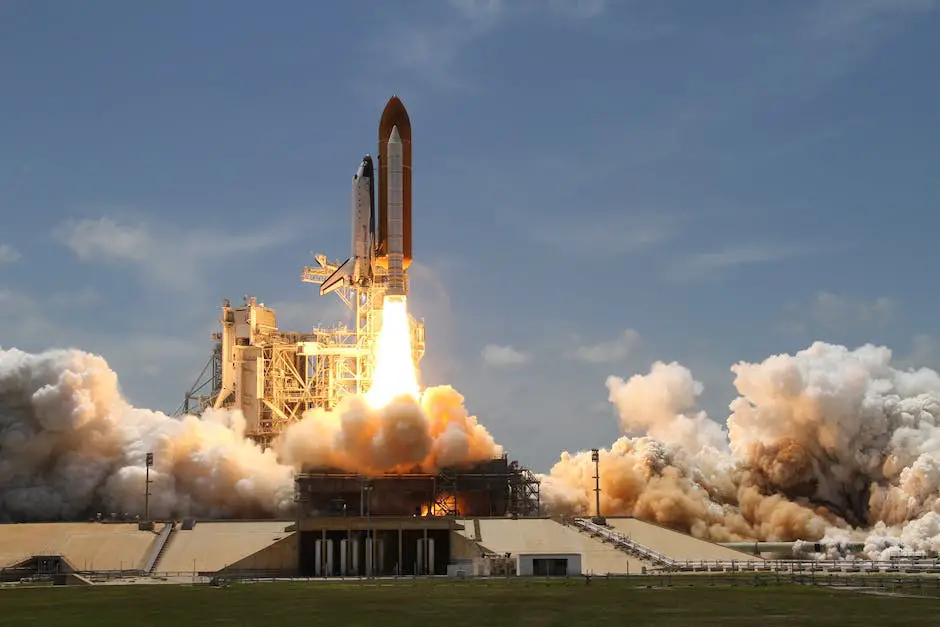
Radiation Protection Measures
Mitigating Radiation Exposure: Protective Measures in Apollo Missions
The Apollo program marked a quantum leap in space exploration, propelling twelve astronauts to the challenging terrain of the moon. One major challenge faced was the risk of radiation exposure, amplified as they ventured far from the Earth’s protective magnetic field. NASA implemented a number of protective measures to safeguard these astronauts from the potential harm of both solar and cosmic radiation.
Spacecraft Design as a Protective Measure
The primary defense against radiation during the Apollo missions was the spacecraft’s design. The Command/Service Module (CSM) and the Lunar Module (LM), the two main components of the Apollo spacecraft, were specifically designed with materials such as aluminum that provided some protection against radiation. Additionally, the spacecraft were oriented during flight to minimize the exposure of the crew to the Sun, thereby reducing the risk of solar radiation exposure.
Personal Protective Equipment
Besides the spacecraft design, astronauts were equipped with Personal Protective Equipment (PPE) as an additional preventative measure against radiation. The PPE primarily consisted of a spacesuit known as the A7L provided by NASA, which was made from multi-layered, radiation-resistant materials. The A7L included a helmet that shielded the astronaut’s head from radiation, and gloves designed to protect the hands. Unfortunately, PPE could not offer complete protection; astronauts were still vulnerable to certain types of radiation.
Dosimeters for Radiation Measurement
NASA also equipped astronauts with dosimeters to measure the amount of radiation exposure throughout their mission. There were two types of dosimeters on board: passive dosimeters, which were read after returning to Earth, and real-time dosimeters, which provided immediate feedback. These dosimeters were distributed in different locations around the spacecraft and on the astronauts’ bodies to provide a comprehensive understanding of radiation exposure.
Limiting Exposure Time
Another straightforward method to limit radiation exposure was to limit the time astronauts spent in high-radiation environments. During the Apollo missions, the time spent in lunar EVA (Extravehicular Activity) was carefully planned and monitored to reduce radiation exposure risk. The lunar surface, devoid of atmosphere or a magnetic field, exposed the astronauts to intense cosmic radiation, so time spent outside the spacecraft was strictly controlled.
Radiation Shelters
The Command Module was designed with a designated radiation-safe zone, which astronauts could use during periods of intense solar activity. These solar particle events could produce high energy protons that were potentially hazardous. Enclosed by numerous equipment and structure from all sides, this small zone in the lower equipment bay was the safest place in the spacecraft during such events.
Wrap up
To protect astronauts from space radiation, the Apollo missions leveraged a mix of structural protocols and personal protective gear. Yet, combating radiation continues to be a notable hurdle in the arena of human space exploration.
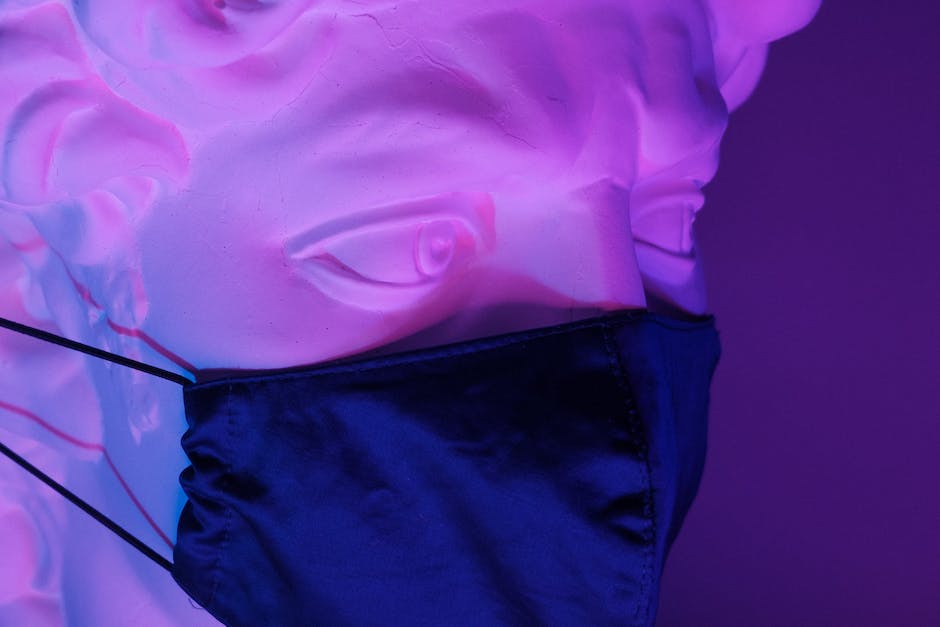
Radiation Measurements on Apollo Missions
Apollo Missions and Radiation Measurements
Back during the moon missions, NASA continually tracked the levels of space radiation the Apollo crew members were exposed to. This was a crucial procedure, given the potential harm cosmic rays and solar particle events can do, both being variants of ionizing radiation that can cause damage to human tissues.
Radiation exposure is gauged using the unit Sieverts (Sv), which allows for the comparison of the biological impact caused by various radiation types. On Apollo missions, the crew members’ average dose equivalent recorded was around 1 millisievert (mSv) each day – in other words, 1 mSv over a 24 hour period.
Comparison of Radiation Levels on Different Apollo Missions
Radiation levels varied from one Apollo mission to another. Apollo 14 experienced the highest dose equivalent with 1.14 mSv per day, while Apollo 11 experienced the lowest radiation environment with 0.16 mSv per day. Apollo 16 and Apollo 17 had dose equivalents of 0.96 and 0.58 mSv per day, respectively.
The significant fluctuations in these numbers relate to the varying duration of the missions, the trajectory of the spacecraft, and the timing relative to solar activity. For instance, lunar missions were intentionally scheduled to occur at times of low solar activity to minimize radiation exposure.
Factors Influencing Radiation Levels
Several factors influenced the amount of radiation encountered on Apollo missions. One of the most significant was solar activity, as high levels of solar radiation could raise astronaut’s exposure above safe levels. Consequently, missions were planned based on the 11-year solar cycle, with launches timed to avoid peak solar activity.
Another key factor was the shielding provided by the spacecraft itself. The command module and lunar module both had thin walls that provided limited shielding against space radiation. However, the module’s orientation in space, particularly during rest periods, was adjusted to minimize exposure.
Lastly, the Van Allen Belts also had a bearing on the levels of radiation encountered. These are bands of radiation surrounding the Earth with high-energy particles trapped by the planet’s magnetic fields. All the Apollo missions had to pass through these belts, leading to a spike in the cumulative radiation dose. However, the transit through the Van Allen Belts was quick, and measures were taken to mitigate the risk.
Final Thoughts
Analyzing the radiation measurements from the Apollo missions, NASA assured that the astronauts were not under an immediate threat from radiation exposure. However, there are potential long-term health effects that continue to be examined in current space travel research.
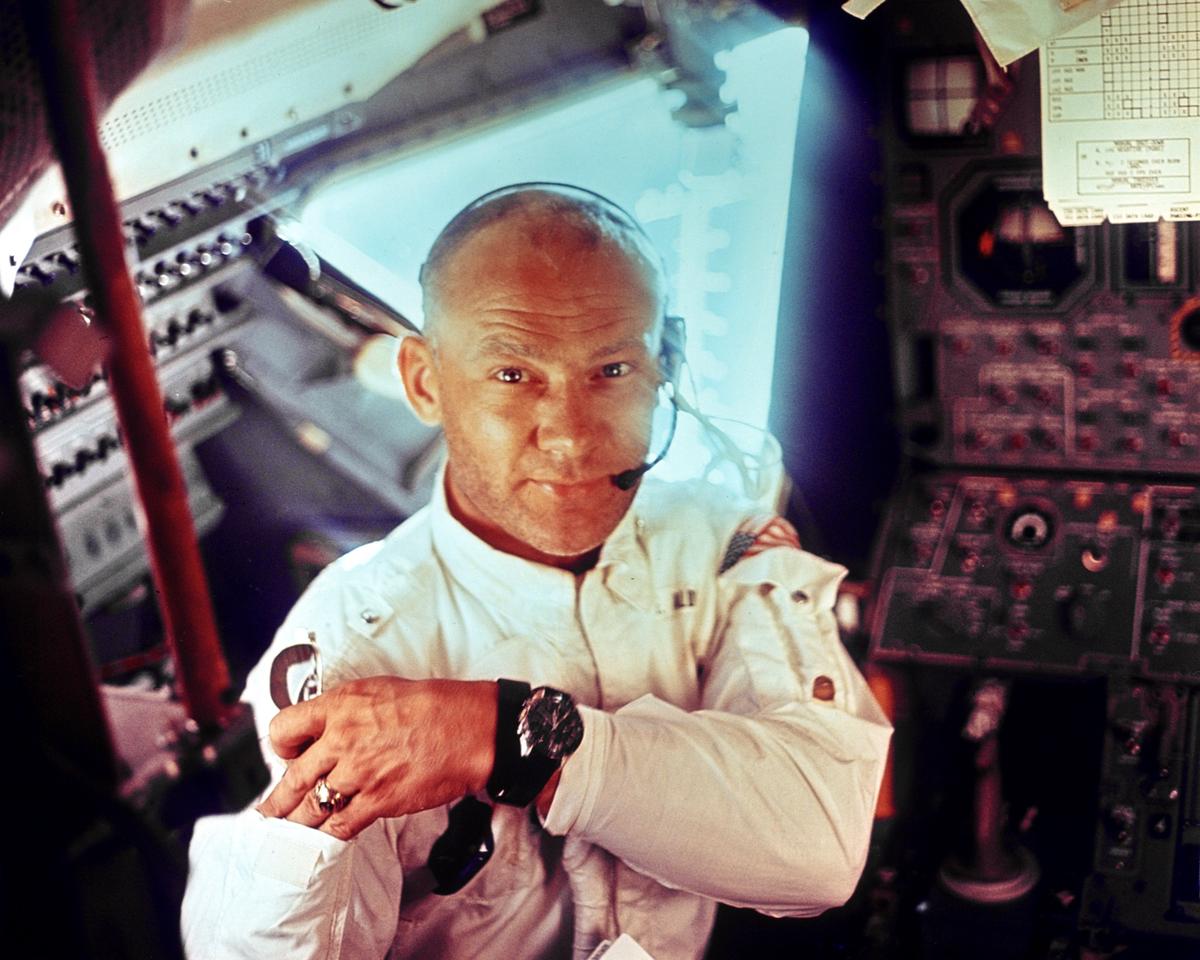
Current Radiation Measures in Space Missions
Radiation Exposure During the Apollo Missions
The Apollo missions, celebrated as the crowning achievement of 20th-century space exploration, faced many obstacles with radiation exposure being one. Indeed, radiation was a major concern as, unlike on Earth, astronauts were beyond the protective barrier of the Earth’s magnetic field, which usually shields us from harmful solar and cosmic radiation.
The radiation levels astronauts encountered during the Apollo missions were significant, estimated to be about 200 times that of Earth’s natural background radiation. The measurements were recorded using both personal dosimeters worn by the crew and passive dosimeters strategically positioned within the spacecraft.
Evolution of Radiation Management
Since the Apollo missions, radiation management for astronauts has greatly evolved. With advancements in technology and a deeper understanding of the risks associated with space radiation, modern space missions employ enhanced shielding techniques and more precise measurement tools to mitigate radiation risks.
Today’s spacecraft are designed with materials that specifically obstruct different forms of space radiation. Similarly, the use of water and polyethylene-based materials for radiation shielding has become common practice on the International Space Station.
The implementation of time management is another crucial strategy. Limiting space walks and interplanetary travel times can significantly reduce the exposure to harsh radiations.
Cutting-Edge Technology for Radiation Measurement
Modern technology for radiation measurement, compared to the Apollo era, is far more sophisticated and reliable. Active personal dosimeters are used nowadays, which provide real-time radiation exposure data. These devices are attached directly to the astronaut’s clothing and can detect the amount and type of radiation in the immediate environment.
Beyond active dosimeters, space agencies utilize Radiation Assessment Detector (RAD) instruments. These are designed to give a comprehensive spectra for all types of radiation. Moreover, the Mars Science Laboratory’s Curiosity rover has a RAD to measure the radiation environment on Mars’ surface.
Ongoing Challenges in Radiation Management
Despite progressive advancements, managing radiation in space travel still confronts various challenges. The difficulty in shielding against high-energy cosmic rays, the health implications of long-term radiation exposure, and uncertainties regarding the unpredictability of solar particle events are just a few of the issues.
The development of better shielding materials, refining radiation exposure limits for long-duration missions, and implementing more accurate predicting tools for solar radiation events are among the focused research areas to mitigate radiation risks. With ambitious plans for future manned missions to Mars, the challenge of protecting astronauts from space radiation is a key area that needs significant advancements.
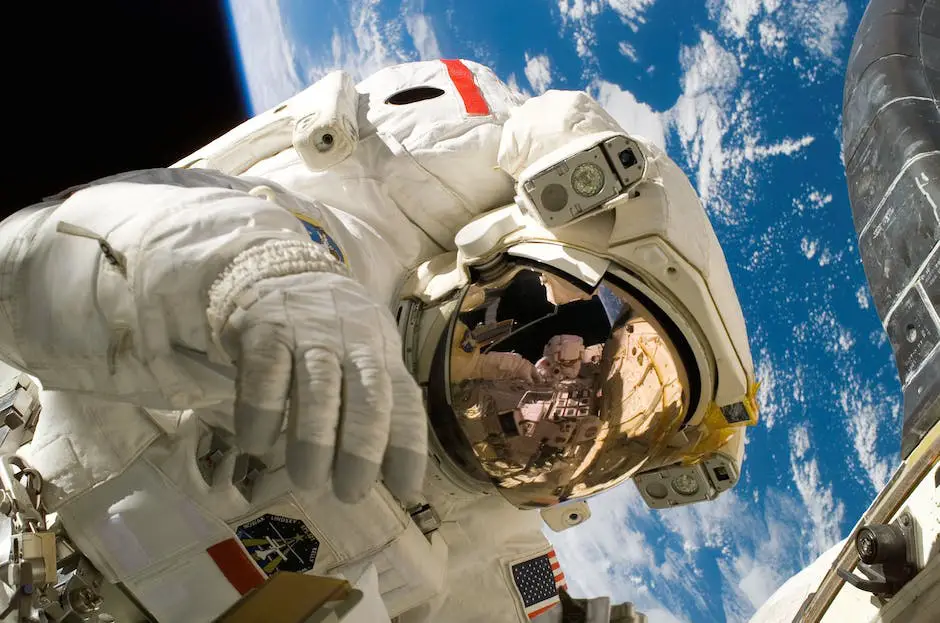
Unquestionably, space radiation remains an ongoing concern in our quest to explore the cosmos. Since the times of the Apollo missions, we have come a long way in terms of technology and knowledge about radiation in space and how to mitigate its effects. It is essential, going forward, that we continue to push the boundaries of our understanding, develop more effective shielding techniques, and refine methods for measuring space radiation. This ongoing research and development not only enhance the safety of our astronauts but also play a key role in enabling our species to journey deeper into the great beyond and possibly set up human colonies on other worlds.
